| |
|
|
Botanical Name |
: |
Lawsonia inermis L. |
English
Name |
: |
Henna, Henne, Al-Khanna, Al-Henna, Jamaica Mignonette, Mehndi, Mendee, Egyptian Privet and Smooth Lawsonia |
Synonym(s) |
: |
Lawsonia alba Lam. Lawsonia spinosa L. |
Family |
: |
Lythraceae |
| |
General Info
| Description |
 |
|
A much-branched shrub or small tree up to 7 m tall with greyish-brown bark; branches quadrangular, spines (modified branchlets) sometimes present, up to 3.5 cm long. Leaves opposite, sessile, elliptic-ovate or broadly lanceolate, 1 to 8.5 cm long and 0.2 to 3.8 cm wide, apex acute, apiculate or occasionally rounded, base cuneate, margins entire. Flowers numerous, small, white or rose-coloured, fragrant, in terminal, pyramidal, panicled cymes 3 to 25 cm long; pedicels short, slender. Fruit (capsule) globose, purplish-green to brownish when ripe, 6 to 7 mm in diameter, containing numerous, pyramidal, smooth seeds 2.5 mm long. |
| Herb Effects |
 |
|
Antiinflammatory and antibacterial (leaf); antifungal (plant); astringent and sedative. |
Chemistry
| Active Ingredients |
 |
|
Betulin, xanthones, coumarins (plant); beta-sitosterol, esculetin, gallic acid, glucosides, lawsone, luteolin, laxanthones I and II, scopoletin (leaf); linolenic acid (seed) |
| Chemistry
of Active Ingredients |
 |
|
|
 |
Name |
CAS# |
IUPAC Name |
Formula |
Structure |
 |
|
| Betulin |
Not Available |
Not Available |
C30H50O2 |
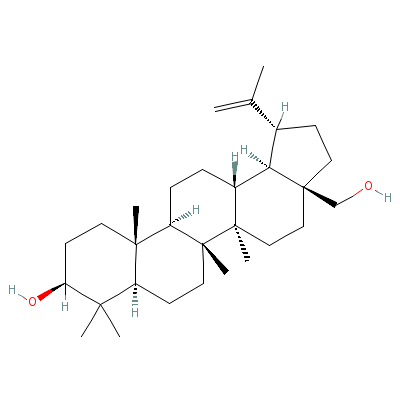
|
| Coumarin |
60094-90-8 |
6-(1,2-dihydroxy-3-m
ethyl-but-3-enyl)-7-
methoxy-chromen-2-on
e |
C15H16O5 |
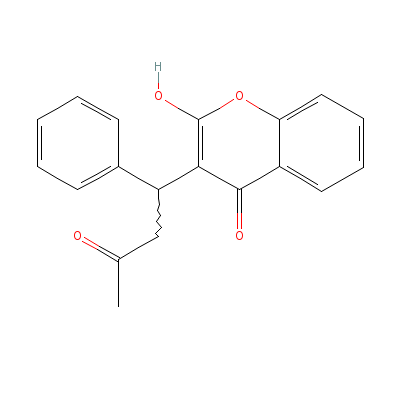
|
| beta-Sitosterol |
5779-62-4 |
17-(5-ethyl-6-methyl
-heptan-2-yl)-10,13-
dimethyl-2,3,4,7,8,9
,11,12,14,
15,16,17
-dodecahydro-1H-cycl
openta[a]phenanthren
-3-ol |
C29H50O |
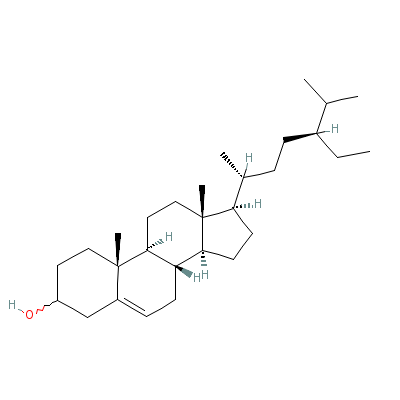
|
| Esculetin |
Not Available |
2,6-dihydroxychromen
-7-one |
C9H6O4 |

|
| Gallic acid |
149-91-7 |
3,4,5-trihydroxybenz
oic acid |
C7H6O5 |
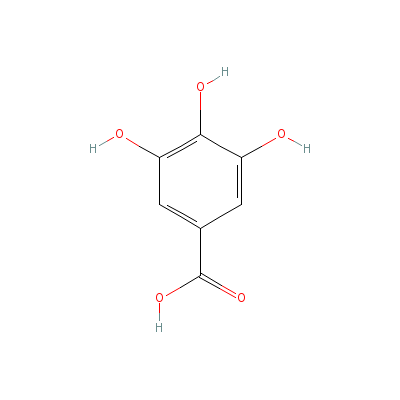
|
| Lawsone |
481-39-0 |
5-hydroxynaphthalene
-1,4-dione |
C10H6O3 |
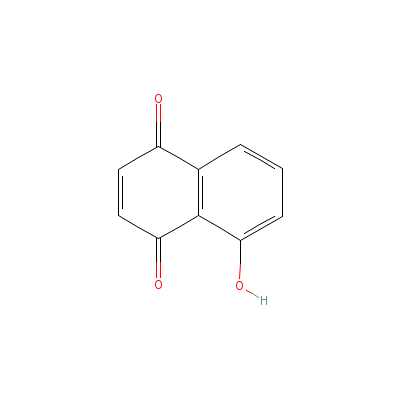
|
| Luteolin |
Not Available |
2-(3,4-dihydroxyphen
yl)-4,5-dihydroxy-ch
romen-7-one |
C15H10O6 |
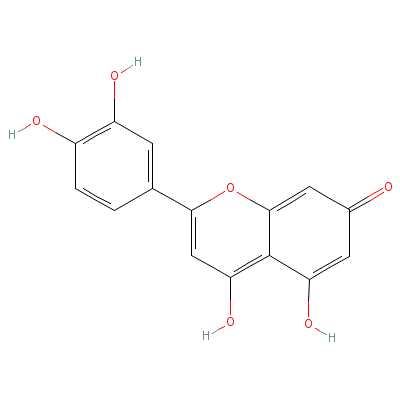
|
| Scopoletin |
92-61-5 |
2-hydroxy-6-methoxy-
chromen-7-one |
C10H8O4 |
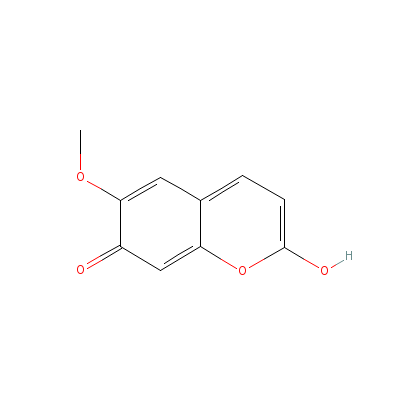
|
| Linolenic acid |
94138-91-7 |
octadeca-9,12,15-tri
enoic acid |
C18H30O2 |
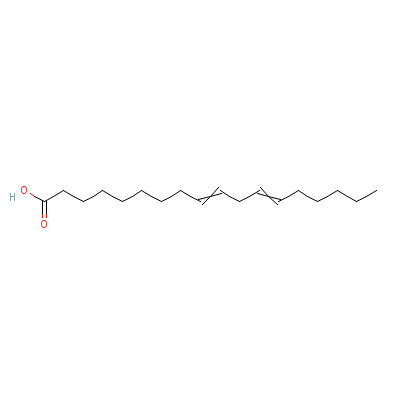
|
|
Pharmacology
| Medicinal Use |
 |
|
As an emmenagogue, in aching joints, bee stings, boils, burns, candida, condyloma, dermatosis, fever, headache, herpes, hoarseness, hysteria, jaundice, leucorrhea, myalgia, ophthalmia, parturition, spermatorrhea rheumatism, skin irritation, sores, stomach. The leaves and seeds are used in the form of juice, decoction and powder to treat consumption, diabetes and intrinsic haemorrhage. Paste of the leaves are applied externally in case of skin diseases, fungal infections, cracks on feet.
It is employed both internally and locally in jaundice, leprosy, smallpox, and affections of the skin. The fruit has emmenagogue properties. The bark is useful in treating jaundice and enlargement of spleen, calculous affection, as alterative and in skin diseases and leprosy. The leaves are useful in menorrhagia, leucorrhoea and are also applied externally in headache. A decoction of leaves are used as an astringent. The leaf juice mixed with water and sugar is given in spermatorrhoea. The leaves are prophylactic against skin diseases. It is also used for typhoid and haemorrhagic conditions. |
| Reference |
 |
|
 Sharma, Classical Uses of Medicinal Plants. Sharma, Classical Uses of Medicinal Plants.
Chandel et al., Biodiversity in Medicinal and Aromatic Plants in India.
Grieve M. A Modern Herbal (1931) (www.botanical.com).
Johnson T. CRC Ethnobotany Desk Reference (www.herbweb.com/herbage). |
|
|